When it comes to negotiating a purchase agreement, it's essential to establish clear communication and a mutual understanding from the outset. Whether you're buying a new home or a vehicle, crafting a well-structured letter can set the tone for a successful negotiation. In this article, we'll explore effective letter templates and strategies to express your intentions and expectations while fostering goodwill between the parties involved. Join us as we delve deeper into the nuances of this process!

Clear identification of parties involved
In a purchase agreement negotiation, clear identification of parties involved is crucial for legal clarity and accountability. The purchaser, typically defined as the buyer who intends to acquire goods or services, must provide their full legal name, address, and other identifying information, such as tax identification number or company registration number. The seller, responsible for supplying the goods or services, must also present their complete legal name, address, and pertinent registration numbers to ensure both parties are properly recognized under applicable law. This identification establishes a framework for the transaction, laying the groundwork for all subsequent negotiations and contractual obligations tied to specific items, services, and agreed-upon terms.
Specific terms and conditions
In a purchase agreement negotiation, specific terms and conditions are crucial for defining the responsibilities and expectations of both parties. Payment terms, including due dates, methods of payment (e.g., wire transfer or check), and any applicable penalties for late payments, are pivotal. Delivery terms outline the timeline for shipment, including Incoterms such as FOB (Free On Board) or CIF (Cost Insurance and Freight), which clarify cost allocation and risk transfer points. An inspection clause should be included to detail the timeframe for assessments of goods upon delivery, indicating acceptance or rejection protocols. Additionally, warranty conditions address product guarantee durations and replacement or repair obligations in cases of defects. Confidentiality agreements protect proprietary information shared during discussions. Finally, termination clauses specify conditions under which either party may exit the agreement without liabilities, ensuring a clear exit strategy.
Price and payment terms
The negotiation of price and payment terms in a purchase agreement is crucial for establishing a favorable transaction between parties. A target purchase price of $150,000 is under discussion, referencing recent market analysis from Q2 2023. An upfront payment of 20% is suggested, equating to $30,000, to demonstrate commitment, with the balance of $120,000 structured into a six-month payment plan. Each installment, amounting to $20,000, would be due on the 15th of every month, ensuring a manageable cash flow for the buyer. Additionally, an early payment incentive of a 5% discount could be offered to motivate quicker settlement, along with penalty terms for late payments exceeding 30 days, which may incur a 1.5% monthly late fee. This negotiation aims to create a fair agreement that mitigates risk for both parties involved.
Delivery and timeline details
In the negotiation of a purchase agreement, specific focus on delivery and timeline details is crucial for both parties to ensure a clear understanding of expectations. Delivery schedules should be meticulously outlined, specifying exact dates for shipment, including any potential delays and the conditions under which they may occur. For instance, a manufacturer based in Shanghai, China, may propose delivery within 30 days post-order confirmation, accounting for logistics and customs clearance. Additionally, timelines must take into consideration production lead times, with a standard of 14 days for assembly noted for specialized equipment. Parties should also discuss penalties for late deliveries and the processes for resolution, ensuring transparency and accountability throughout the transaction.
Termination and amendment clauses
Termination clauses in a purchase agreement outline the conditions under which either party can legally dissolve the contract. For example, termination might occur if a significant breach of contract happens, such as failure to deliver goods or services on specified dates, often outlined in Article 9 of the agreement. Amendments to the agreement refer to changes made to the original terms, requiring mutual consent of both parties, typically formalized in writing as specified in Article 10. These clauses provide essential legal protections for both buyers and sellers, ensuring a clear understanding of their rights and obligations while fostering a transparent negotiation process.

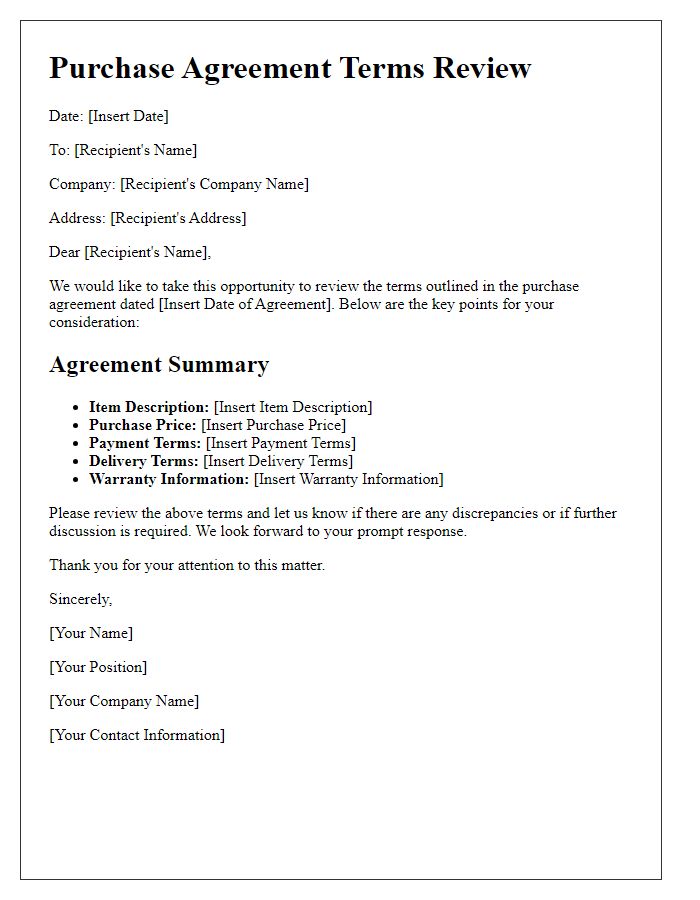
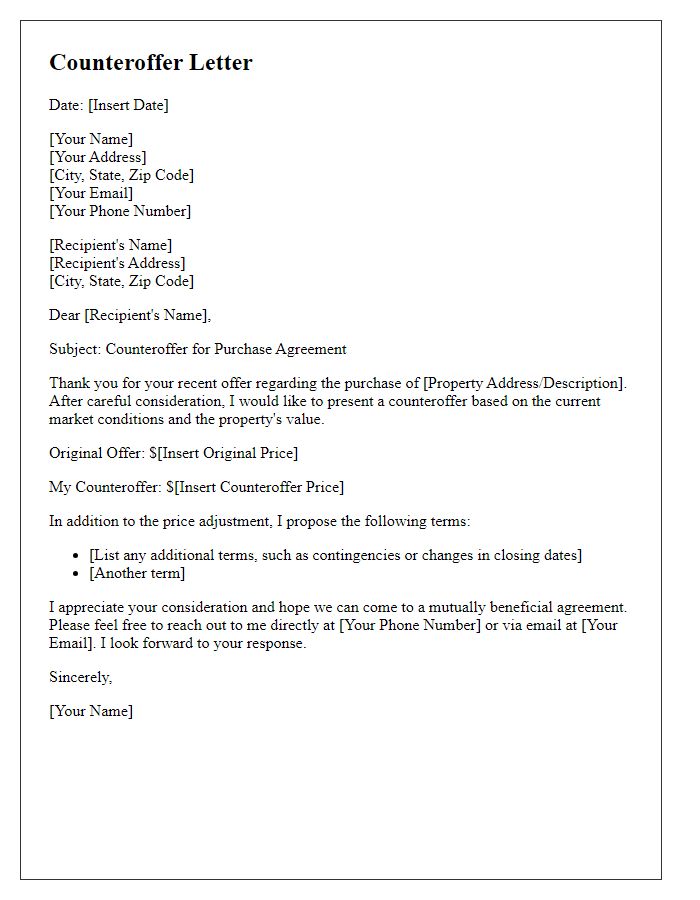
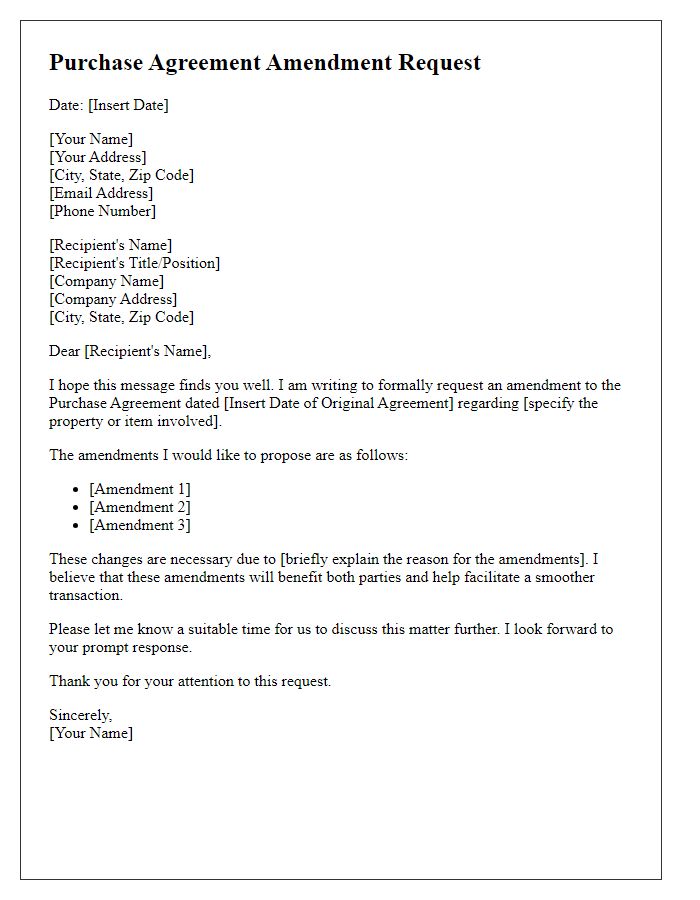
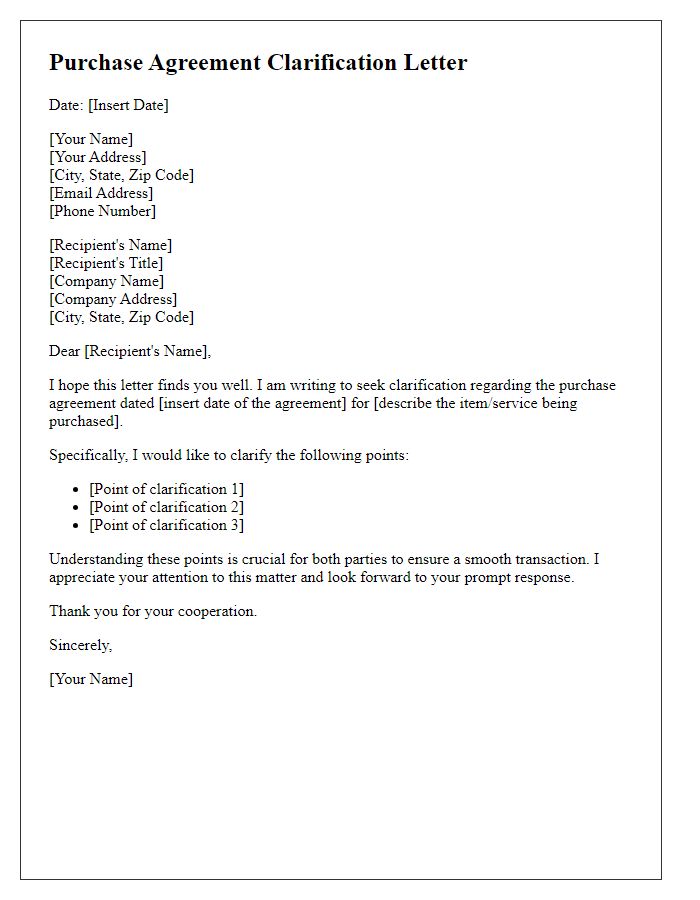
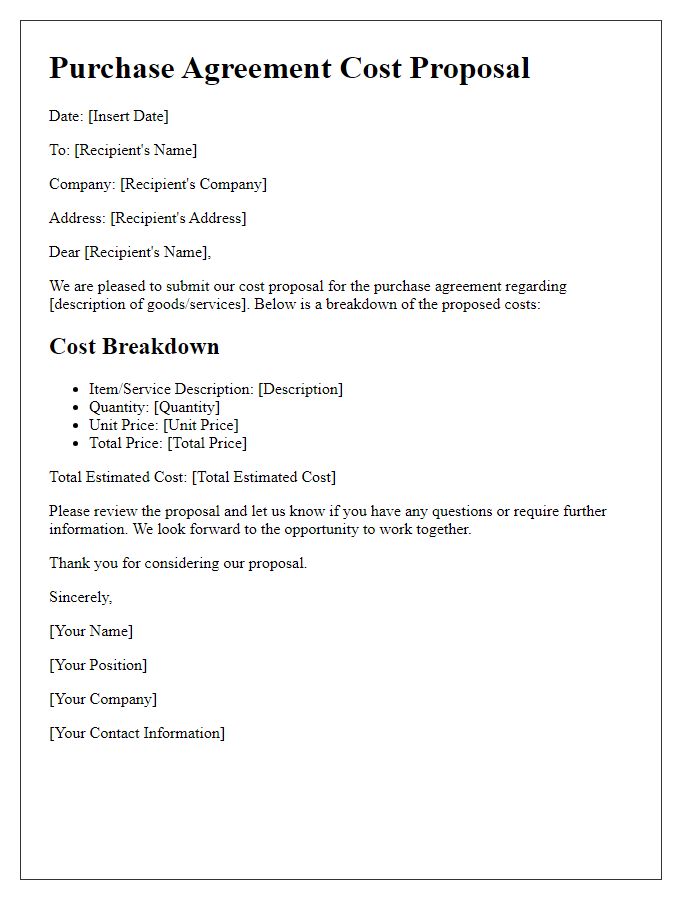

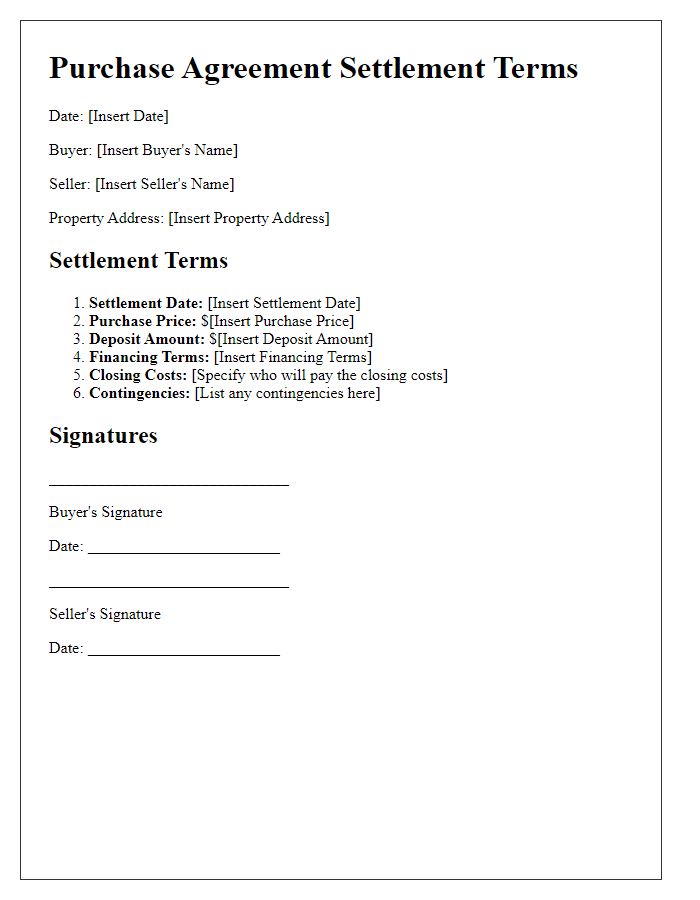
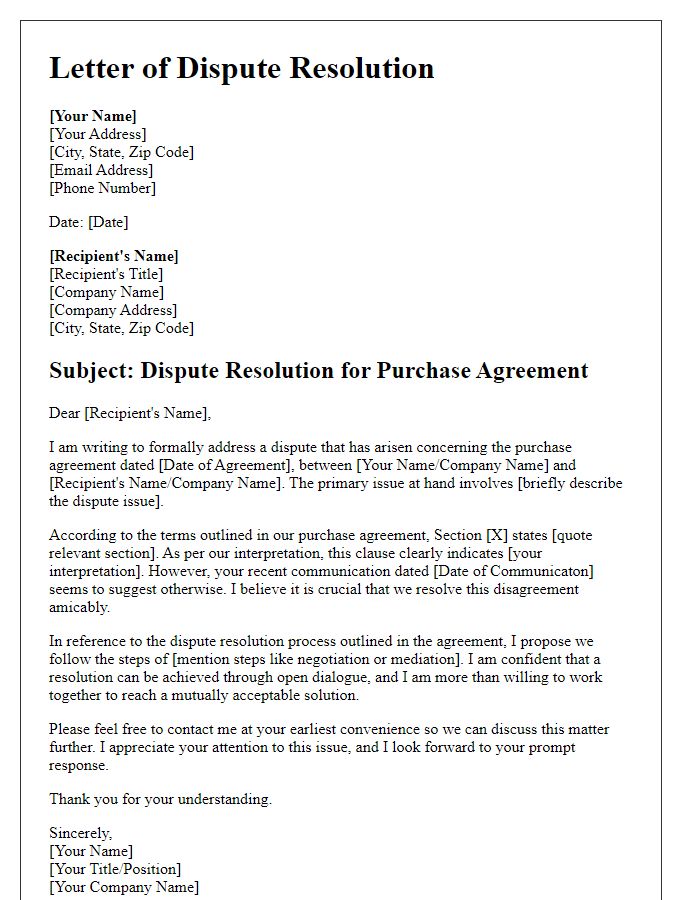
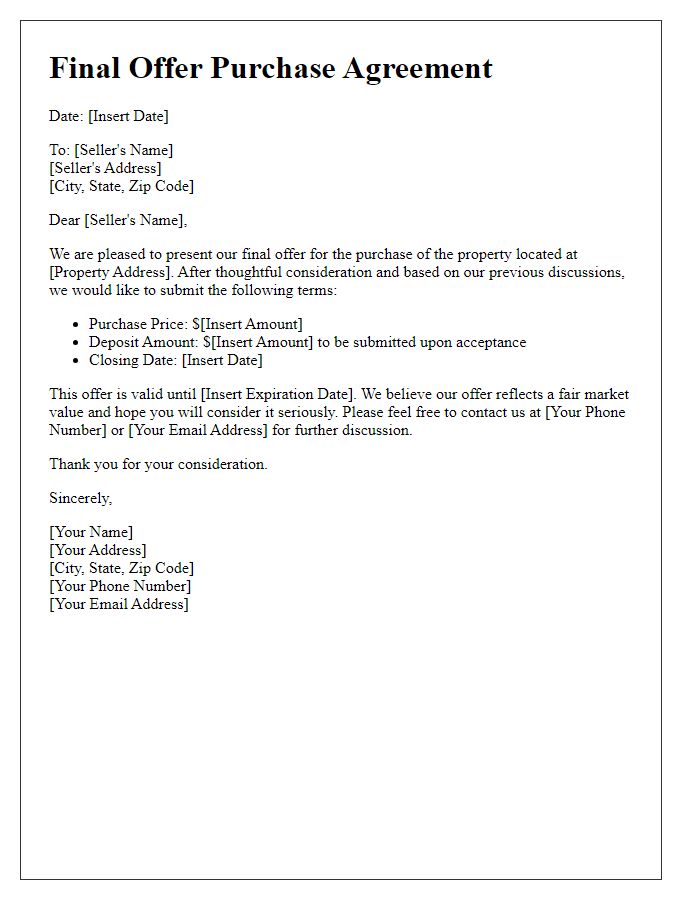
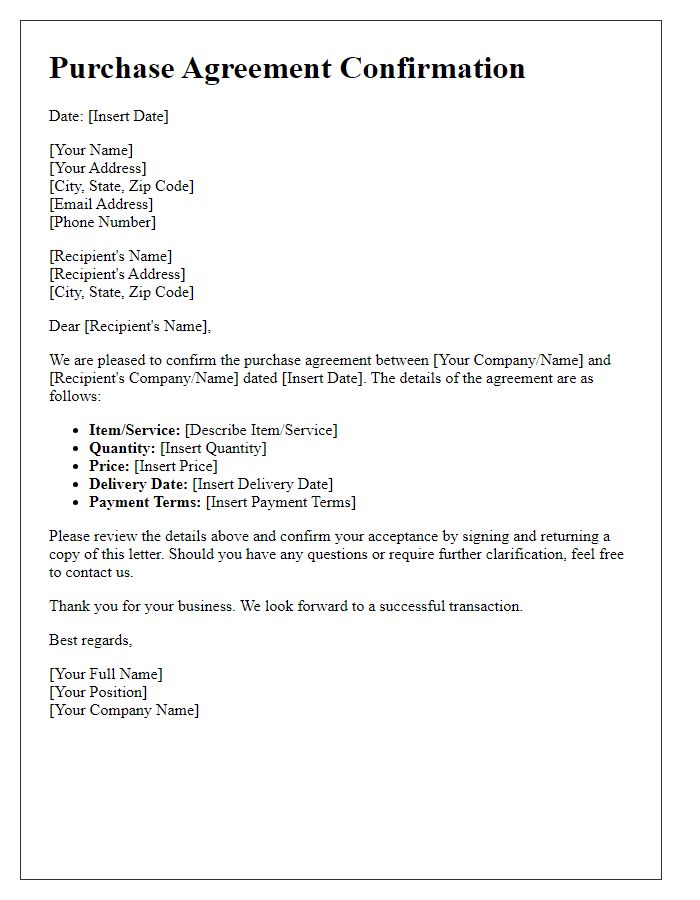


Comments